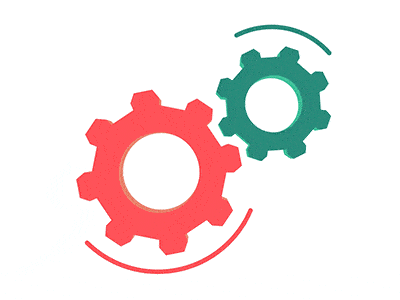Potential Benefits of HTML and CSS
There are many advantages of using HTML, both at the individual and organizational levels. Firstly, HTML is easy to use and understand. It is quite easy to find someone from the web development business who knows about HTML (Duckett, 2004/2009). In fact, there is no shortage of professionals who use HTML for web design.
Secondly, almost all browsers support HTML. HTML is the only programming language that is compatible to the most number of operating browsers in the world. If you are trying to build a website using HTML, it will definitely show up on most browsers, as long as search engine optimization is utilized (Duckett, 2011).
Thirdly, among other things, HTML is practically free. This is good news to folks out there. You need not install any software for HTML and no plug-ins are necessary. This will definitely drive your website development cost down. Fourth, HTML is compatible with almost all storage systems available online (particularly those which utilize XML). You do not have to translate your HTML codes to anything, just to store and retrieve it in the near future. HTML is a ubiquitous programming language and Lastly, HMTL is the most search engine friendly. It is interesting to note that designing and creating SEO compliant websites using HTML is far easier than any other programming language available (Duckett, 2011). HTML produces the least hurdles and allows the users to simultaneously work on different platforms in a single time frame (Duckett, 2004/2009). All you need to do is to ensure that your codes are clean and authenticated. In addition, an HTML website is among the easiest to read and understand, especially for non-technical people. Small businesses need not use advanced programming languages for their websites, since HTML has all the attributes and functions of an effective and efficient web development programming language.
CSS (cascading style sheets) is also used in web development design. More often than not, people place too much emphasis on structure, while completely ignoring presentation (Duckett, 2004/2009). CSS is all about presentation. Its advantages are many. Firstly, using CSS allows for a clear and clean separation of style and structure. This may seem trivial to many, but separating style from structure allows easier reading and updating of the web document. A single line of code can be altered in seconds, without having to edit a whole segment of codes just to change the web’s background color. Secondly, CSS allows for faster download time. How is this possible? Utilizing CSS means using fewer codes, and fewer codes translates to faster download time (Duckett, 2011). And if you worry about images, relax. Since all your CSS is embedded in a separate file, all your codes will be stored in the browser. No subsequent downloads are needed for subsequent pages. This saves up time and improves the overall efficiency of your website. Lastly, CSS enables greater control of your presentation. The fact is, CSS has more formatting options compared to HTML. These include options defining the space and character of texts, as well as options related to page displays.





